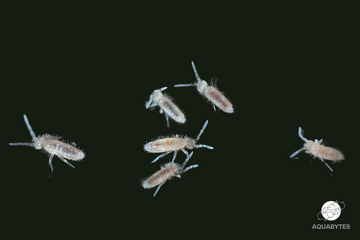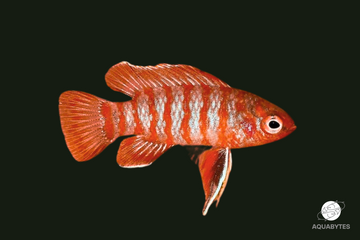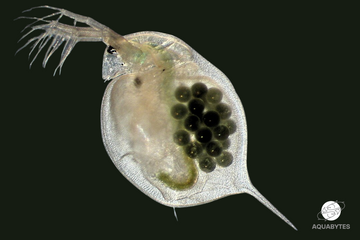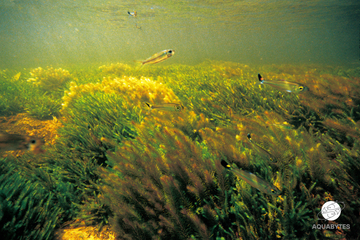Springtails are small, wingless insects that are commonly found in soil, leaf litter, and other organic matter. They are named for their ability to jump or "spring" away from danger by releasing a small, hook-like structure located on the underside of their abdomen. Springtails are important decomposers, helping to break down organic matter and recycle nutrients in soil ecosystems.
Springtails are found in a wide range of habitats, including soil, leaf litter, decaying wood, and even on the surface of water. They are particularly abundant in moist environments, such as wetlands, rainforests, and other humid areas. Springtails are also commonly found in gardens and other cultivated areas.
Requirements for Culturing:
- Springtails (Click to Order)
- Container (plastic or glass with a lid)
- Charcoal
- Leaf litter
- Moisture source (such as a damp paper towel)
Step by Step Guide
- Prepare your container: Choose a container that is at least 2-3 inches deep and has a lid. Make sure it's clean and has no residual chemicals that could harm the springtails.
- Add substrate: A mixture of crushed activated charcoal to create a suitable substrate for the springtails. Add a 2-3 inch layer of the mixture to the bottom of the container. Charcoal can help to absorb excess moisture and reduce any odour in the culture. Add a small layer of charcoal on top of the substrate.
- Add moisture source: Springtails require a moist environment to thrive. Add a damp paper towel or other moisture source to the container. Make sure not to make the substrate too wet, as this can lead to mold growth and harm the springtails.
- Add springtails: Gently add the springtails to the culture.
- Feed the springtails: Springtails feed on decaying plant matter. You can add small amounts of food such as dried leaves, fruit peels, or even fish food to the culture.
- Monitor and maintain: Keep the culture in a warm (68-78°F), dark place and monitor the moisture levels regularly. You may need to add more moisture as needed.
Springtails can reproduce rapidly under optimal conditions, although noticeable population growth may take several weeks in a newly established culture. Their small size makes sexing difficult, but this is not essential for breeding as long as a sufficient number of individuals are present. Reproduction and growth rates are influenced by temperature, with growth slowing in colder conditions.
Springtails reproduce both sexually and parthenogenetically, with females capable of producing offspring without a male. A female can lay up to 400 eggs over her lifetime, with the eggs hatching into miniature adults after approximately 10 days. The young undergo three moults within 10 days before reaching maturity. They continue to moult throughout their life, but size growth significantly slows once adulthood is reached. Reproduction in adult females occurs between moults.
To monitor population growth, check the underside of charcoal or offer food, as springtails often congregate in visible clusters. Expect noticeable growth around two weeks after starting a new culture.




